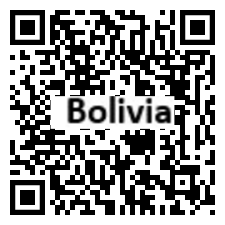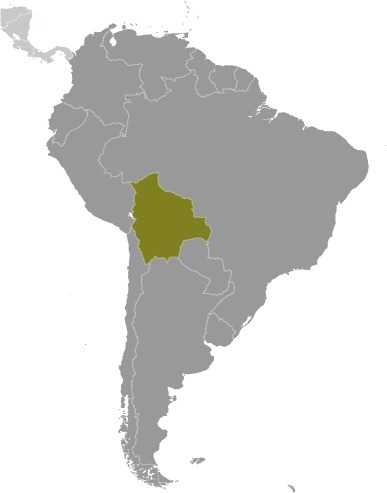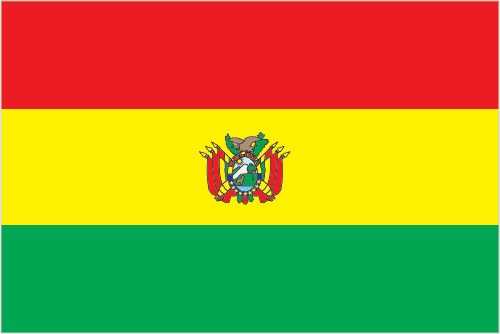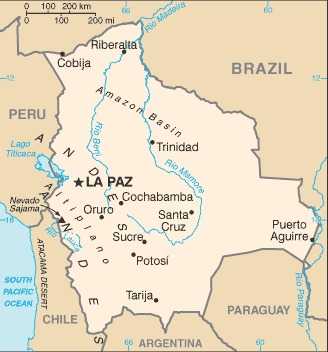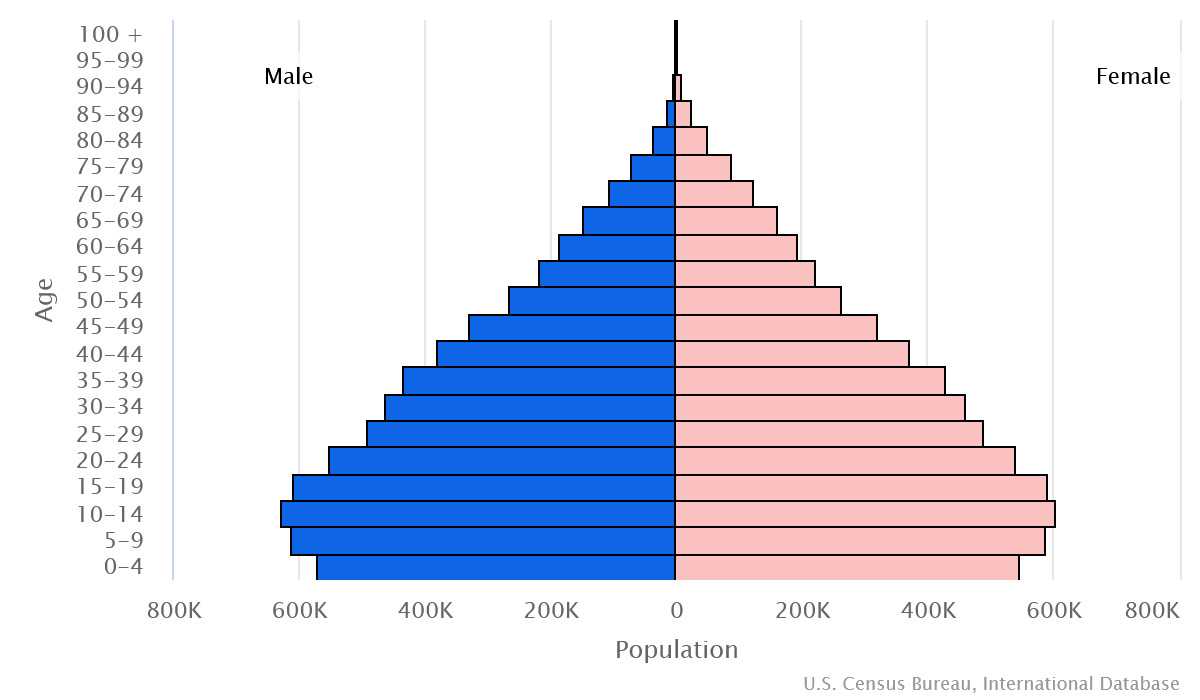Introduction
Background
Bolivia, named after independence fighter Simon BOLIVAR, broke away from Spanish rule in 1825. Much of its subsequent history has consisted of a series of coups and countercoups, with the last coup occurring in 1978. Democratic civilian rule was established in 1982.
Geography
Area
total : 1,098,581 sq km
land: 1,083,301 sq km
water: 15,280 sq km
Climate
varies with altitude; humid and tropical to cold and semiarid
Natural resources
lithium, tin, natural gas, petroleum, zinc, tungsten, antimony, silver, iron, lead, gold, timber, hydropower
People and Society
Population
total: 12,311,974
Ethnic groups
Mestizo (mixed White and Indigenous ancestry) 68%, Indigenous 20%, White 5%, Cholo/Chola 2%, African descent 1%, other 1%, unspecified 3%; 44% of respondents indicated feeling part of some Indigenous group, predominantly Quechua or Aymara (2009 est.)
Languages
Spanish (official) 68.1%, Quechua (official) 17.2%, Aymara (official) 10.5%, Guarani (official) 0.6%, other 1.5%, unspecified 2.1%; note - Bolivia's 2009 constitution designates Spanish and all Indigenous languages as official; 36 Indigenous languages are specified, including a few that are extinct (2012 est.)
Religions
Roman Catholic 65%, Protestant 19.6% (Evangelical (non-specific) 11.9%, Evangelical Baptist 2.1%, Evangelical Pentecostal 1.8%, Evangelical Methodist 0.7%, Adventist 2.8%, Protestant (non-specific) 0.3%), Believer (not belonging to the church) 0.9%, other 4.8%, atheist 1.7%, agnostic 0.6%, none 6.1%, unspecified 1.3% (2023 est.)
Population growth rate
1% (2024 est.)
Government
Government type
presidential republic
Capital
name: La Paz (administrative capital); Sucre (constitutional [legislative and judicial] capital)
Executive branch
chief of state: President Luis Alberto ARCE Catacora (since 8 November 2020); Vice President David CHOQUEHUANCA Cespedes (since 8 November 2020); note - the president is both chief of state and head of government
head of government: President Luis Alberto ARCE Catacora (since 8 November 2020); Vice President David CHOQUEHUANCA Cespedes (since 8 November 2020)
Legislative branch
description: bicameral Plurinational Legislative Assembly or Asamblea Legislativa Plurinacional consists of:
Chamber of Senators or Camara de Senadores (36 seats; members directly elected in multi-seat constituencies by party-list proportional representation vote; members serve 5-year terms)
Chamber of Deputies or Camara de Diputados (130 seats; 70 members directly elected in single-seat constituencies by simple majority vote, 53 directly elected in single-seat constituencies by closed party-list proportional representation vote, and 7 (apportioned to non-contiguous, rural areas in 7 of the 9 states) directly elected in single-seat constituencies by simple majority vote; members serve 5-year terms)
Economy
Economic overview
resource-rich economy benefits during commodity booms; has bestowed juridical rights to Mother Earth, impacting extraction industries; increasing Chinese lithium mining trade relations; hard hit by COVID-19; increased fiscal spending amid poverty increases; rampant banking and finance corruption
Real GDP (purchasing power parity)
$119.785 billion (2023 est.)
$116.927 billion (2022 est.)
$112.858 billion (2021 est.)
Real GDP per capita
$9,700 (2023 est.)
$9,600 (2022 est.)
$9,300 (2021 est.)
Agricultural products
sugarcane, soybeans, potatoes, maize, rice, sorghum, milk, chicken, plantains, wheat (2022)
Industries
mining, smelting, electricity, petroleum, food and beverages, handicrafts, clothing, jewelry
Exports
$11.975 billion (2023 est.)
$14.465 billion (2022 est.)
$11.596 billion (2021 est.)
Exports - partners
India 16%, Brazil 14%, Argentina 13%, Colombia 8%, Japan 7% (2022)
Exports - commodities
natural gas, gold, zinc ore, soybean meal, soybean oil (2022)
Imports
$13.13 billion (2023 est.)
$13.462 billion (2022 est.)
$10.187 billion (2021 est.)
Imports - partners
Brazil 20%, China 19%, Chile 13%, Peru 9%, Argentina 6% (2022)
Imports - commodities
refined petroleum, cars, pesticides, plastic products, trucks (2022)
Exchange rates
bolivianos (BOB) per US dollar -
Page last updated: Wednesday, July 24, 2024
